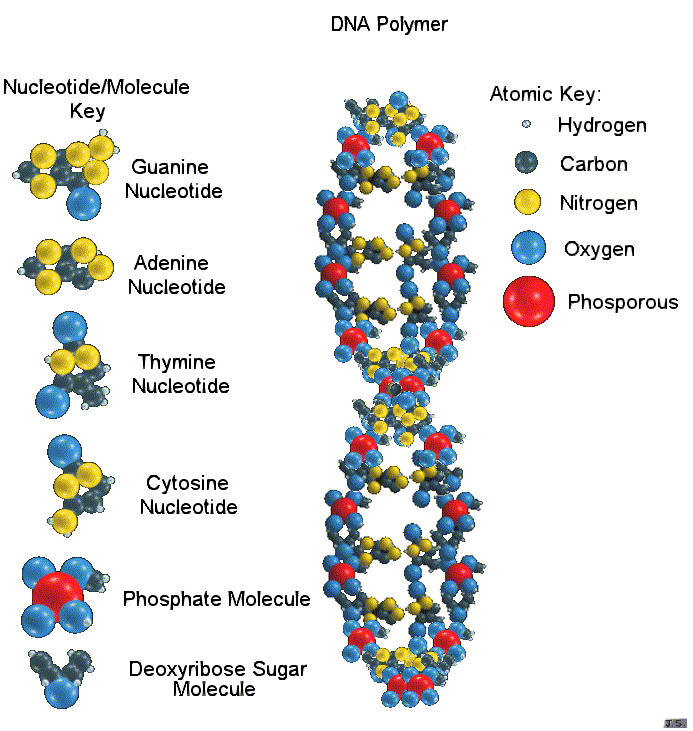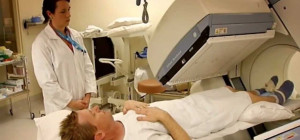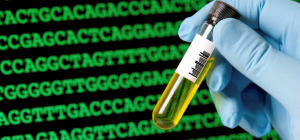The genetic concept of DNA was considered as ground-breaking when it was first uncovered, and it has continued to evolve throughout the generations. While initially viewed with scepticism by both scientists and law enforcement agencies, the science behind DNA has been researched and developed to the point where it can be used to determine paternity, force criminal convictions and even investigate the likelihood of an individual experiencing the symptoms of a specific disease.
Most recently, the Department of Health in the UK announced that it had launched a three-month consultation on the draft regulations for a radical new procedure. The aim of this was to prevent expectant mothers' from passing on genetic conditions to their children, and it uses a controversial technique which draws DNA matter from three different people. This simply represents a new chapter in the exciting journey of DNA, as it continues to change and have a positive impact on society as a whole.
While the science behind DNA may be evolutionary, however, many people are unsure as to exactly how it works. Consider the following facts about DNA and its unique construction:
What is DNA?
On a fundamental level, DNA is the master molecule of every internal human cell. Not only does it contain vital genetic information that is passed throughout the generations, but it also coordinates the development of molecular proteins. DNA therefore is a central part of the theory of evolution, as the process of natural selection relies on changes to DNA cells that trigger variations in our basic characteristics. As these changes take hold in individual DNA cells, so too our physical and mental attributes evolve throughout the ages.
How is DNA Structured?
[youtube http://www.youtube.com/watch?v=qy8dk5iS1f0]
While the structure of a typical DNA may seem complex to the naked eye, it is in fact a simple pattern that consists of four individual parts called nucleotides. These are essentially the genetic building blocks that dictate our appearance and mental capacity, and each nucleotide contains a sugar which is bound on one side to a phosphate group and a nitrogenous base on the other side. The blocks intertwine in the shape of a double helix, and this twisted strand forms each individual DNA structure that is active within the human body.
What Purpose Does DNA Serve in the Human Body?
Human DNA carries the information required to determine physical characteristics in molecular proteins, and it also includes the instructions needed to make a protein in the first instance. Each protein is unique, and encoded by a specific gene which determines how it should be made and distinguished from others. So the formation of individual DNA strands and the order of nucleotides within every gene is crucial in the creation of humans' with different facial structures, eye colour and skin tone. Without DNA, our proteins could not be formulated to provide our physical and genetic characteristics.
The Application of DNA in Today's Society
[youtube http://www.youtube.com/watch?v=dXYztbkMXwU]
DNA is probably best known as a key weapon in the fight against crime, as it can often be used to place suspects at a crime scene or prove that they engaged with a specific act or instrument. It also has other applications in contemporary society, however, most notably the testing of paternity in young or unborn children. On a similar note, scientists have also developed methods of genetic predisposition testing, which can be used to test whether subjects carry a gene that is associated with a known illness. These methods have become less intrusive over time, which is beneficial to all parties involved with the process.
[youtube http://www.youtube.com/watch?v=y9zxfjBQ6GE]
This article was provided by British genetic experts from GTL DNA.








